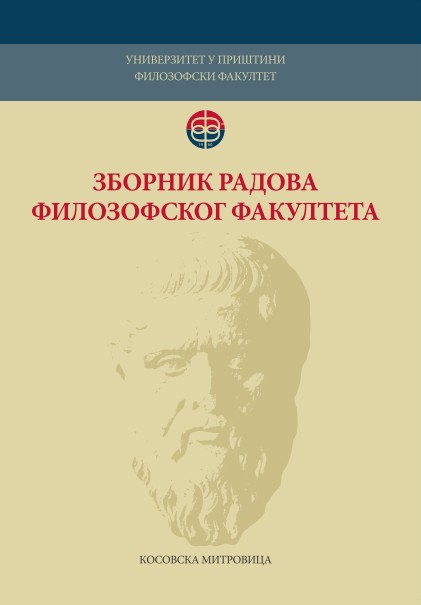The Social and Symbolic Position of Fighters of the People’s Liberation War After the Liberation in the Federal People’s Republic of Yugoslavia
The Social and Symbolic Position of Fighters of the People’s Liberation War After the Liberation in the Federal People’s Republic of Yugoslavia
Author(s): Olivera S. Marković Savić, Marta M. Vukotić LazarSubject(s): Social Sciences, Sociology
Published by: Филозофски факултет, Универзитет у Приштини
Keywords: Fighters; society; PLM; PLW; FPRY; ideology; sculpture; “the culture of rememberance”.
Summary/Abstract: The paper deals with the attitude of the newly formed state government in Yugoslavia, after the Second World War, towards war veterans, in the period between the enactment of the first and second constitutions of the communist Yugoslavia, the period of the Federal People's Republic of Yugoslavia (1946-1963). On the example of social protection of the fighters and their symbolic representation, especially through sculpture as the most suggestive and the most communicative medium for transmitting symbolic messages, the aim of the paper is to establish what the social position of the war veterans was in that historical period, and also to point to the important knowledge that the social protection of veterans, war invalids, as well as the families of the fallen soldiers was at an enviable level and that the new government immediately saw the importance of the symbolic representation of valuable ideals through the medium of sculpture also. In the newly formed Federal People's Republic of Yugoslavia (FPRY, 1945-1963), nurturing the revolutionary tradition and the legacy of the People's Liberation War were priority social tasks.
Journal: Зборник радова Филозофског факултета у Приштини
- Issue Year: 51/2021
- Issue No: 4
- Page Range: 329-348
- Page Count: 20
- Language: English

